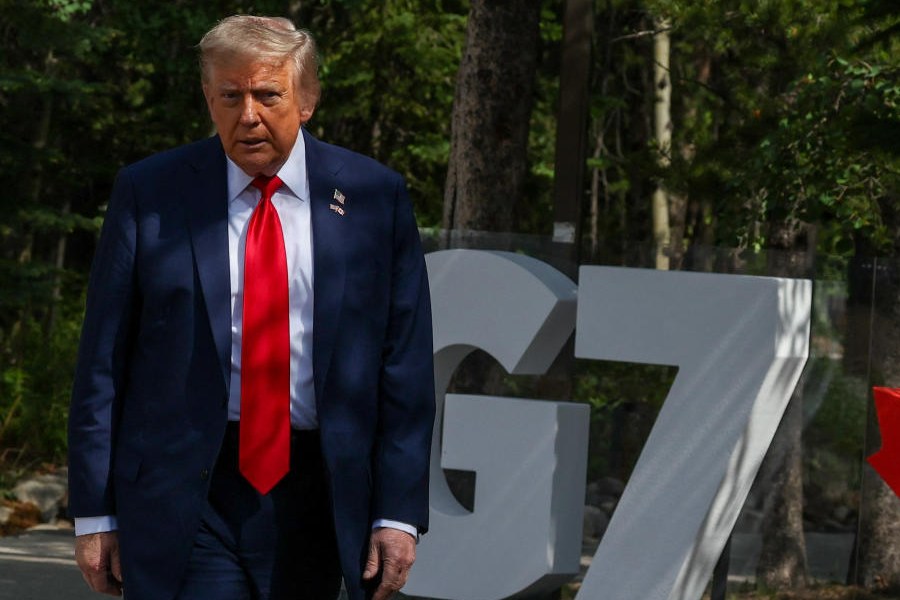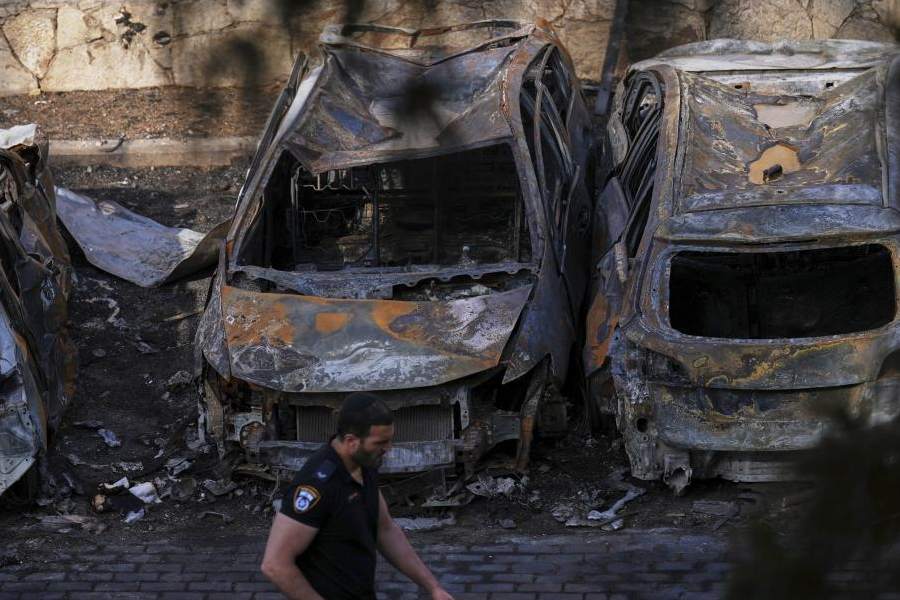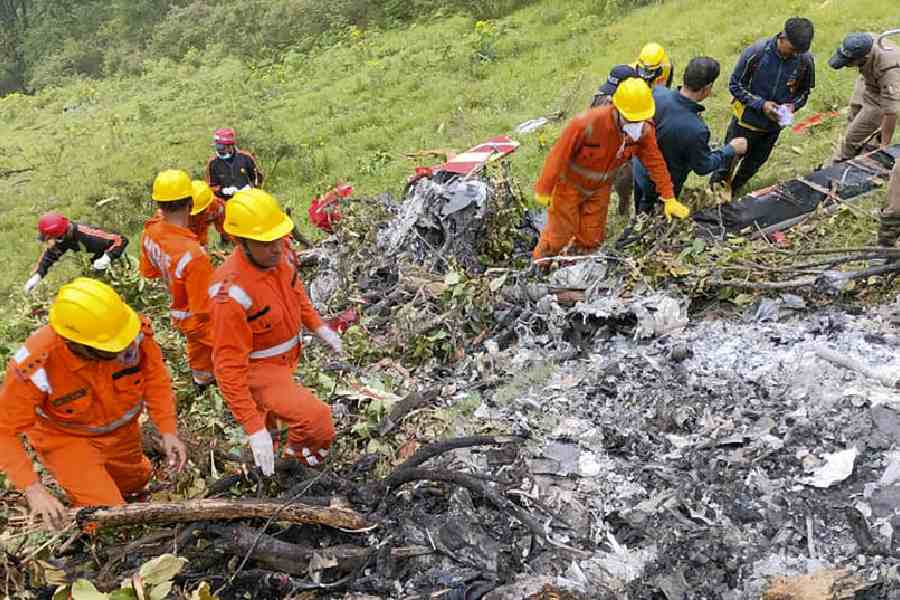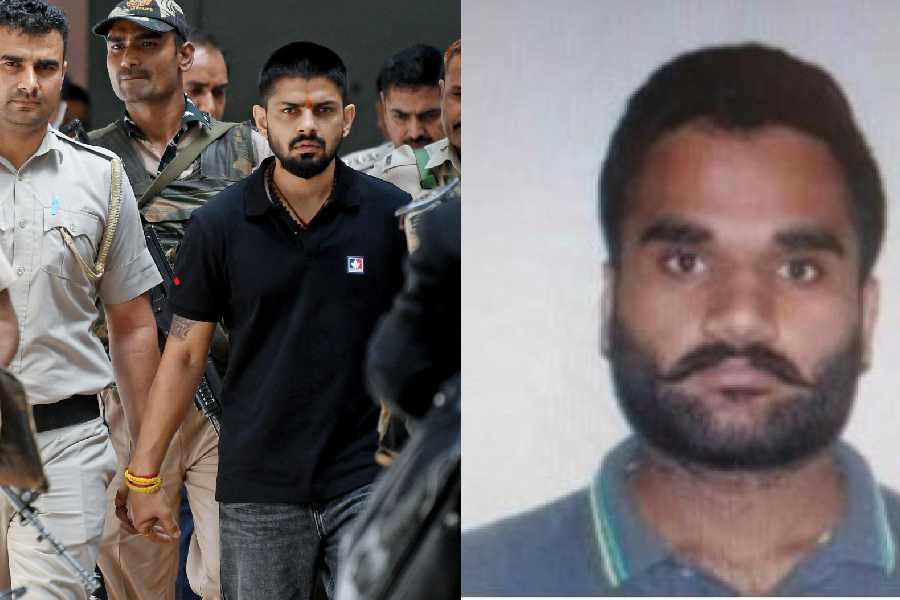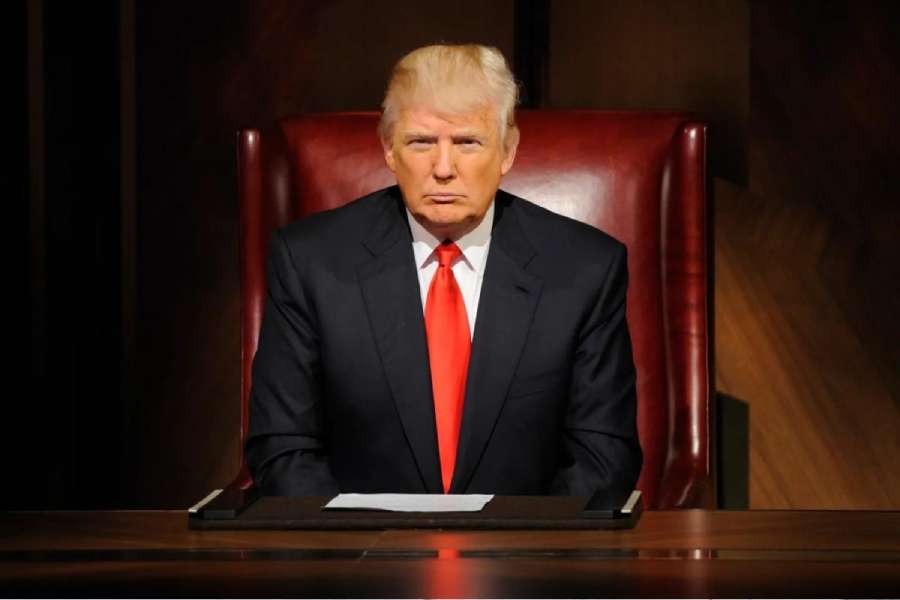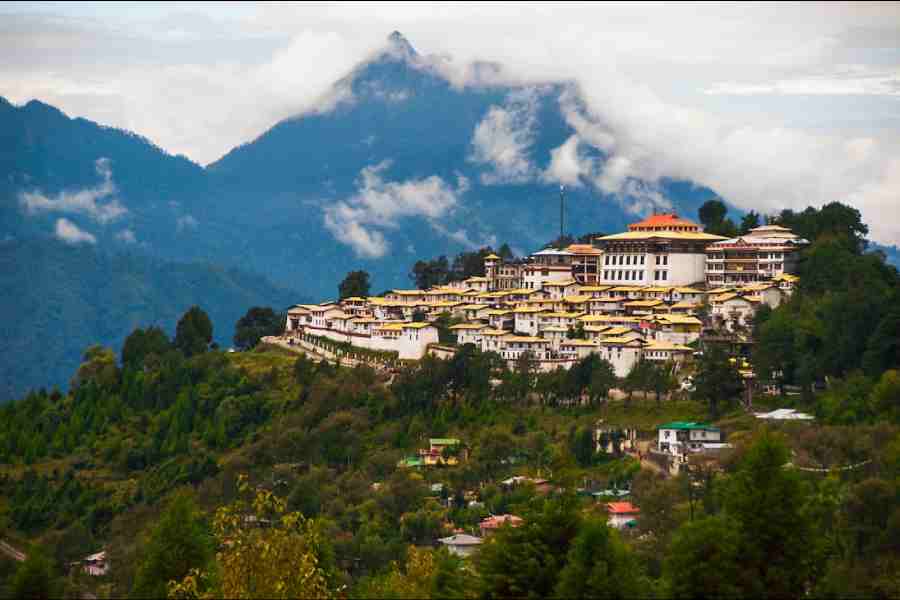 |
The Kargil review committee chaired by the late K. Subrahmanyam was followed by the setting up of four task forces, of which one was on defence management. A group of ministers, consisting of L.K. Advani as chairman and George Fernandes, Jaswant Singh and Yashwant Sinha as members, with Brajesh Mishra, the then national security adviser, as permanent invitee, was then established to review the national security system in its entirety. It submitted a report titled, “Reforming the National Security System”, in February 2001, which, with some security deletions, was released to the public.
An unusual addition to the report was a prefaced quote from Sukraniti in Sanskrit along with its translation that read: “[N]othing remains, neither the state nor wealth nor valour without the security provided by the Armed Forces. One should never forget that the strong control all and the weak have many enemies.” To students of national security long used to seeing the armed forces of India being treated by the political and civil service leaderships as an unnecessary burden, this preface provided a ray of hope that at long last there was recognition of the umbilical link between the survival of the nation state and the health of its armed forces.
The group of ministers noted that no formal structure exists in India to provide synergy between academic research in the field of security and the government’s requirements in security policy formulation. It recommended the setting up of a national defence university. As a follow up, the ministry of defence formed a committee on national defence university in July 2001, consisting of three retired general rank officers representing each service, one serving general from the integrated defence staff and one security specialist from the national security council secretariat. In addition, there were four professors and three PhD scholars representing the finest of minds from across the spectrum of security, governance, management, technology, economy, academia and industry. The committee was chaired by noted strategic thinker, Subrahmanyam, with a joint secretary of the defence ministry as member secretary.
The stamp of Arun Singh, the erstwhile minister of state for defence and one of the keenest security minds to have served in the ministry, was clearly visible in the broad-based and keenly selected composition of Condu. After extensive visits to various establishments within the country, visits to the United States of America and the Chinese national defence universities, interaction with many eminent persons from diverse fields and regular interaction with the chiefs of staff committee and the defence ministry, Condu submitted its report to the defence minister.
On the need for the proposed Indian national defence university, the committee noted that in spite of being faced with a highly complex and dynamic security environment both nationally and internationally, India had a record of neglecting national security thought at the strategic level. It felt that the challenge was to educate and adequately prepare national security leaders to enable them to look at strategic security challenges holistically and formulate policies based on researched and informed inputs. It further noted that the practice of joint military planning and operations involving all the services remained neglected and that in today’s world, the forging of links with military officers of friendly foreign countries was inevitable.
The committee proposed an organizational model for Indu with educational centres of excellence along with associated research facilities in areas relating to national security. The majority of the institutions would be present armed forces institutions to be suitably modified or augmented to meet the needs of Indu. While two-thirds of all participants in Indu colleges were to be from the armed forces, the remaining one-third would come from the civil services, police and others. The faculty was to be divided equally between military and civil services/academics.
This model of Indu would then form the cradle which would nurture the human resource of defence and security practitioners, policy makers, faculties, think tanks and so on and more crucially engender integrated war fighting, all of which would ultimately add weight to strategic thought, debate and, finally, to well informed policy-making.
How painfully slowly the wheels of national security policy formulation move is evident from the recent statement of the defence minister in the Lok Sabha. He informed members that the Union cabinet had, in its meeting on May 13, 2012, given ‘in principle’ approval to the setting up of Indu at Binola in Gurgaon district and projected that the establishment of the university and its constituents would be spread over seven years.
So if all goes as per plan, the nation will be fortunate in having established a defence university that will come into being two decades after the Kargil conflict, the fruits of which, in terms of educated, informed and strategized security planning, policy making and integrated war fighting, will only follow some years later, as more of our security thinkers, practitioners and managers both uniformed and civil, pass through its portals and take on crucial assignments.
Organizationally, it was recommended that Indu would be an institution of national importance established by an act of Parliament with the president of India as visitor. In addition, a 15- member board of advisers would be appointed by the government to advise the head of Indu on matters relating to academic and research content and funding of programmes. Indu would be headed by presidents who would be serving three star rank officers on a rotating basis, with the incumbent satisfying the criteria necessary to head an academic institution of excellence. He would come under the functional and administrative control of the chiefs of staff committee. The vice- president of Indu would be an officer of the Indian foreign service of the rank of additional secretary. The proposal clearly visualized the university to be run as an institution of the armed forces with academic, research and funding issues being overseen by the board.
Whilst this is also the broad model followed by the US National Defence University, members of Condu had comprehensive discussions with senior and retired civil and military leaders in the US to understand its logic and efficacy. Based on these, as also on comprehensive discussions and further deliberations with various stakeholders in India, Condu was able to arrive unanimously at a model tailored to suit Indian security needs.
Recent reports indicate that there is now a deadlock between the defence ministry and the armed forces on who should head the proposed university. It would appear that the armed forces favour the model as proposed, whilst the ministry’s viewpoint is that a prominent security expert with adequate administrative experience should hold the post. The requirement of administrative experience sounds ominous as this will is no doubt restrict the post to members of the steel frame.
Since one is not privy to the detailed justification for the defence ministry’s opposing viewpoint, one can only wonder why a university devoted to the study of military science should not be headed by a practitioner of military art when the model followed by other national defence universities like those in the US, China, Pakistan, Poland, Finland and Malaysia does precisely this. One can only guess that beneath superficial arguments lies the perennial civil-military divide with distrust of the uniformed fraternity embedded within.
Reports suggest that the defence minister, after having conferred with the three service chiefs, has referred the matter to the National Security Advisor for resolution. It is a sad reflection that on a vital issue of importance to the future of the armed forces and national security, the defence minister should be constrained to outsource this responsibility. More so as the majority of students passing through the portals of the university will be ones from the armed forces as also will be most of the institutions that will come under its ambit. The deeper ramifications would show that the rift between the civil and military is so wide that even the defence minister has to look for arbitration.
One is not aware of what the final shape of the Indu proposal is considering that it has been subjected to a decade of incessant file-pushing through perhaps every corridor of the South and North Blocks and subjected to comment and criticism from all and sundry. There is every likelihood that in the bargain much of the logic and spirit of the concept of Indu now lies buried so deep in notings that the underlying spirit may well have been distorted. Picking on just the top post in isolation of the entire concept and architecture of the proposal would point to this direction.
There may, however, be a silver lining. The NSA is a highly regarded diplomat and deeply respected for his professionalism. In all probability his office would get back to the drawing board and start its review beginning with the fundamentals of the spirit and concept outlined in the Condu proposal. In the process he will no doubt recall that he was our ambassador in Beijing when the Condu team visited in 2001 and his own formal and informal contribution to the various deliberations. And finally, bearing the heavy responsibility of the NSA’s office he, more than any other, will understand the import of the wisdom of Sukraniti that “the strong control all and the weak have many enemies”.


